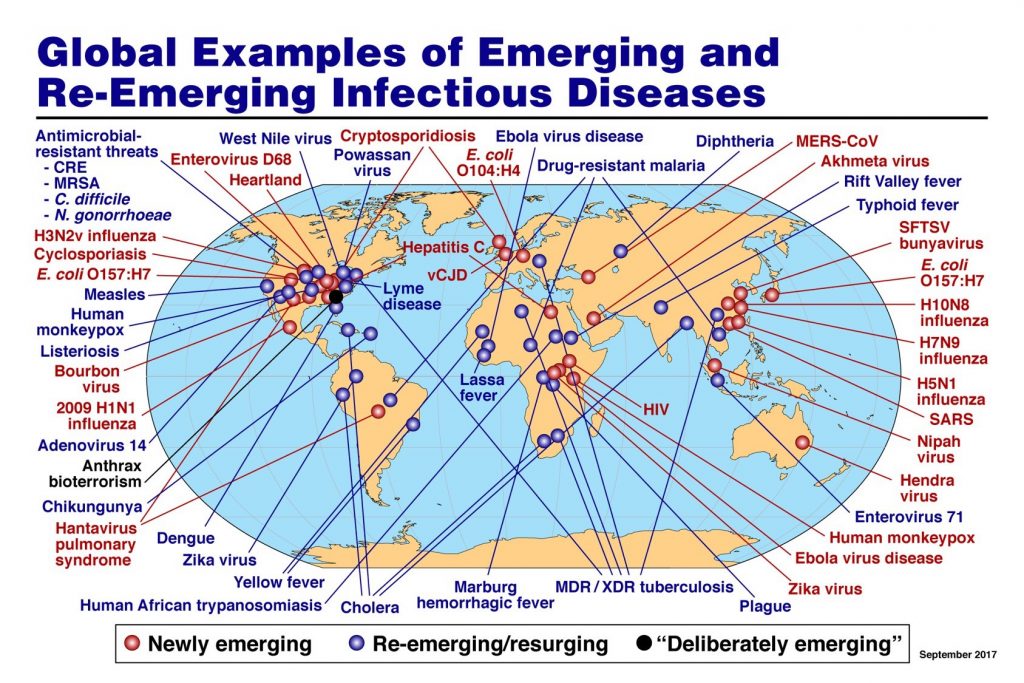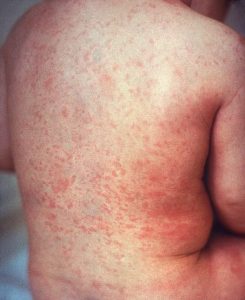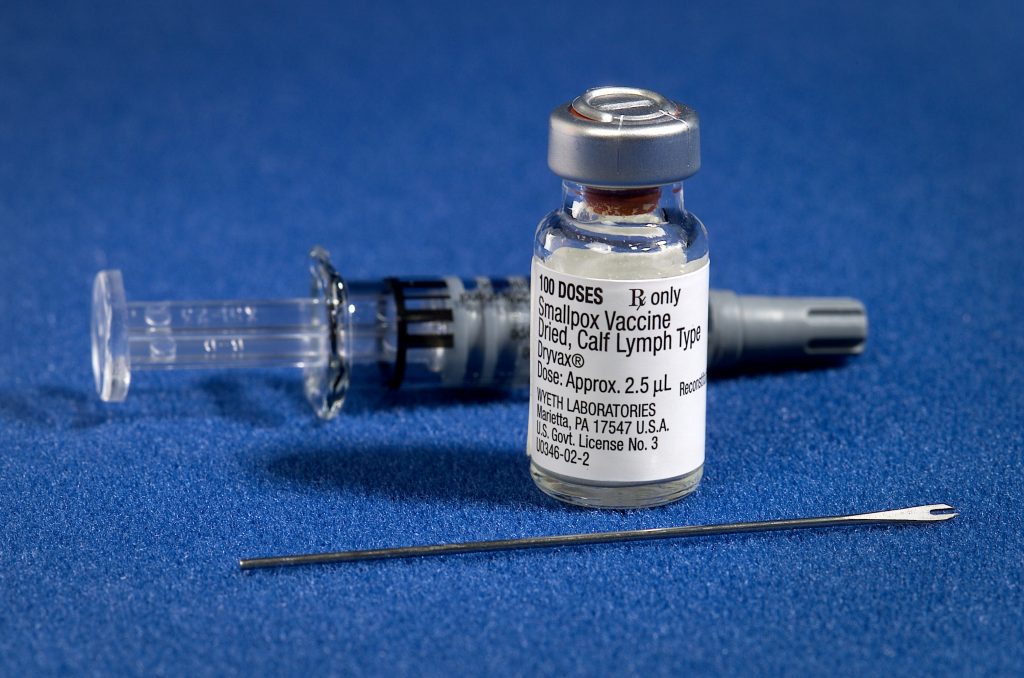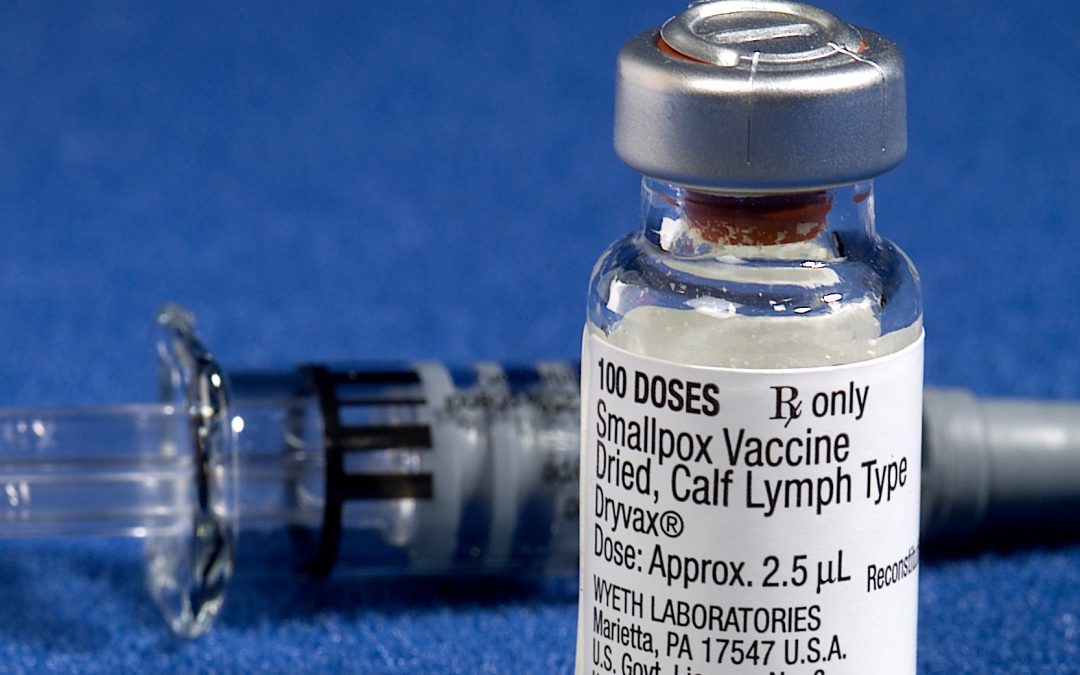—In the second half of the nineteenth century, the study of microorganisms was transformed into a key discipline for the control and eradication of infectious diseases.—
Ideas about the etiology of infectious diseases changed with the evolution of medicine. For Greek doctors, epidemics originated when an ‘epidemic constitution’ occurred, a combination of atmospheric and local factors that favoured the emergence of infections in those living in a certain environment whose balance had been disturbed. Changes in temperature, in the rain pattern, a natural catastrophe, an astronomical phenomenon such as an eclipse or the passing of a comet could cause this imbalance. The search for an element that was common to all people who were infected at the same time, even without having come into contact with each other, placed the origin of the infectious disease in the air breathed, in the atmosphere, giving rise to the miasma theory consolidated throughout the Middle Ages. Miasmas were vapours or exhalations emanating from decomposing organic matter, from corpses or stagnant water, that corrupted or altered the atmospheric air. Their bad smell identified them as harmful to the organism, penetrating this through breathing and altered bodily humours. The infection was distinguished from the contagion, where direct contact with the infected individual or with any object or fomite that had been touched, directly transmitted the miasma to the healthy person, given the viscosity attributed to this and through which it remained attached to clothes, sheets, food utensils, etc.

Emerging and re-emerging diseases (Anthony Fauci, 2017). National Institute of Allergy and Infectious Diseases.
This miasma theory hardly varied until the nineteenth century. The Renaissance physician Girolamo Fracastoro (1478-1553) attributed the origin of infection to the seminaria as he called these seeds or particles that, by the action of feverish heat, were given off by the humours corrupted by the disease. From inside the body of the infected person, they left through breath or through skin pores and on entering another organism through the air breathed, by contact or through fomites, settled on the same humour from which they came and in which they reproduced the original corruption. These seeds were not microorganisms, they were not living particles, so one cannot speak of a theory of animate contagion in reference to the theory of Fracastoro’s seminaria.
In the 1850s and 1860s, it was found that some animal parasites such as mites or worms could produce infectious diseases, for example, intestinal scabies or helminthiasis, as well as some plant parasites, in the case of fungi causing ringworm. It was necessary to wait until the last quarter of that century for the theory of animate contagion to be definitively proven. The consolidation of microbiology and its subsequent development in the following decades is one of the factors that has allowed the total or partial control or eradication of many infectious diseases. This showed that they originated from microscopic living beings that were transmitted from infected people or from the environment surrounding the patient and identified the mechanisms of contagion: from person to person or through air, water, food, etc. Based on this knowledge, public health officials designed preventive measures that sought to stop the population from contracting these infections, such as the isolation of those infected, environmental sanitation, drinking water purification or food inspection.

Girl with malnutrition. Wikimedia.
The clinical diagnosis of the infection suffered by the patient could be confirmed in the bacteriological laboratory by means of a set of tests that made it possible to identify the germ causing it, either by direct visualisation or through the immunological reactions it produced in the affected organism. The verification of the responsible microorganism was an indispensable condition for the application of an effective therapy, aimed at its elimination from the patient, either with the specific antibodies (serotherapy), or with the antibiotics or antivirals to which it was sensitive. Increasing knowledge of pathogenic microbes and the defensive reactions they produced in the body also led to the manufacture of vaccines, one of the most cost-effective preventative health measures.

Rubella. Wikimedia.
The only infectious disease so far eradicated by man has been smallpox. The systematic application of the smallpox vaccine from the late eighteenth century on allowed its gradual reduction until it was officially declared eradicated by the World Health Organization (WHO) in 1980. A combined strategy, led by this international health agency, which included vaccination campaigns, surveillance of epidemic outbreaks and networks of informants among the affected populations, succeeded in combating this disease which, transmitted only from person to person, disappeared when the last infected individual (Somalia, 1978) was isolated and the chain of transmission was broken. The next candidates for eradication are poliomyelitis, measles, rubella, mumps and dracunculiasis or Guinea worm disease.

Last case of smallpox (Somalia, 1978). Wolrd Health Organization.
Control of infectious diseases is a difficult goal to achieve. Microorganisms become resistant to administered drugs, vaccines are sometimes rejected or do not reach the entire population. Factors such as poverty or armed conflicts impede the prevention and treatment of infections, which are more frequent in undernourished organisms. Globalisation, with the rise of international trade and population movements due to migration or tourism, favours the rapid spread of these diseases. The appearance of emerging diseases, which are those caused by a hitherto unknown infectious agent, such as the human immunodeficiency virus (HIV), which causes AIDS, the Ebola virus or the coronaviruses of Severe Acute Respiratory Syndrome (SARS), the Middle East Respiratory Syndrome (MERS) or the recent covid-19, and of re-emerging diseases, as those that reappear in an area where cases no longer occurred are called, such as cholera or yellow fever, together with changes in the environment due to human activity, which modify the balance between man and the microorganisms living in the habitat, climate change with global warming and the use of new technical procedures, such as those applied in the preparation of animal feed, which is likely to be the cause of ’mad cow disease’, are some of the obstacles that prevent us from obtaining the reduction and eradication of infections.

Smallpox vaccine. Wikimedia.
The concept of disease changed throughout the nineteenth century and the discovery of microorganisms as causes of morbidity led to the consolidation of new scientific disciplines, such as medical microbiology. The bacteriological laboratory was a space for clinical diagnosis and the development of preventive and curative methods that were carried out in clinical practice and integrated into public health policies. Infectious diseases have decreased with all this, but they have not disappeared and today they continue among us. The example of covid-19 in 2020 clearly demonstrates the ravages of a new virus, highly contagious due to its respiratory transmission and against which the population had no immunity, which can paralyse the world in a few weeks before a vaccine and treatment are found to prevent and cure the disease. It is therefore necessary to address the prevention and treatment of infectious diseases by taking into account not only strictly medical factors, but also economic, social, political, geographical and cultural factors in order to achieve their full control and eradication.
Mª José Báguena Cervellera
IILP-UV
How to cite this paper:
Báguena Cervellera, Mª José. Microbiology. Sabers en acció, 2021-01-22. https://sabersenaccio.iec.cat/en/microbiology/.
Find out more
You can find further information with the bibliography and available resources.
Recommended reading
Cueto, Marcos. Historia, salud y globalización. Lima: Universidad Peruana Cayetano Heredia; 2006.
Fenner, Frank et al. Smallpox and its Erradication. Geneva: WHO; 1988.
Studies
De Quadros, Ciro A. (ed.). Vacunas. Prevención de enfermedades y protección de la salud. Washington: OPS; 2004.
Fauci, Anthony S.; Morens, David M. (2012). The Perpetual Challenge of Infectious Diseases. The New England Journal of Medicine. 2012; 366: 454-461.
Sources
Comisión Mundial para la Certificación de la Erradicación de la Viruela. La erradicación mundial de la viruela. Informe final de la Comisión. Ginebra, diciembre de 1979. Ginebra: Organización Mundial de la Salud; 1980.
Jenner, Edward. An Inquiry into the causes and effects of the Variola vaccinae. London; 1798.
Websites and other resources
The Carter Center. Disease considered as candidates for global eradication by the International Task Force for Disease Eradication [Updated 25 January 2016; accessed 10 July 2020]. Available here.
The College of Physicians of Philadelphia. The History of Vaccines. Eradication of a disease [Updated 25 January 2018; accessed 10 July 2020]. Available here.



